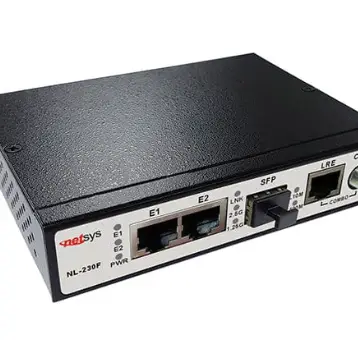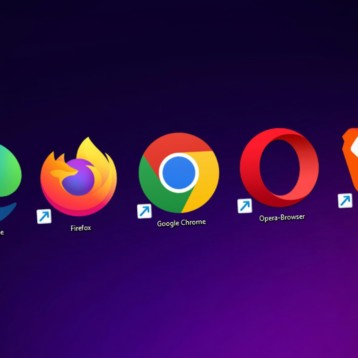Virtual attacks have evolved from personal problems to global emergencies, but artificial intelligence and the cloud can protect us. As all parts of the cyber world (personal laptops, business computers, smartphones, digital assistants, TVs, devices) become more connected, they also make us more vulnerable to cyber-attacks. Not only in personal circumstances but in business too.

Virtual threats used to be very personal. Only one individual, or a small group of people, tried to break into a device, system, or service, sometimes sending a virus or taking down a website, more to show that it could be done. Attacks may steal personal data which could lead to an array of problems. If information is lost or falls into the hands of the wrong people, then you could be putting staff and clients in danger. The primary target of cyberattacks also used to be more predictable. The PC was the main focus, with cyber criminals trying to exploit weaknesses in the operating system to gain access. Now, with the rise of smartphones, Internet of Things (IoT) devices, and cloud-based services, there are several new ways for a cyber criminal to infiltrate a network.
How to stay safe.
- Use trusted systems. You will want to ensure that you have good security and use applications to assist you in all areas of protection. You may want to look at the Electronic Medical Record Audit Trail.
- Backup important data. There are no known tools for decrypting files that have been encrypted by ransomware. A good security practice is to ensure that you regularly backup your files. The 3-2-1 principle is a good rule: have three copies, two different media, and a separate location for your backup files. Windows has a feature called Volume Shadow Copy so that you can restore files.
- Always check the sender of emails. If you receive an email from someone who claims to be a bank representative, call directly to verify that the message is legitimate. If you receive a suspicious email from personal contact, contact the person directly (do not reply to the email you received) to confirm that they sent you the message. Do not rely solely on the level of relationship with your contacts, friends, or family members who may have been the victims of a cyber criminal as well. Avoid opening emails from an unknown source, they could be dangerous.
- Check the message content again. There are obvious errors or discrepancies that you can detect in illegitimate emails. For example, if your bank or a friend claims to have received something from you that you don’t remember to send, try going to recently sent items to see if you sent the item you are referring to. There are many tactics that spammers and phishers use to attract you, so take some time to learn about the different types of techniques that social engineers use.
- Refrain from clicking on links in emails. In general, clicking on links in the email should be avoided. It is safer to visit any website mentioned in the email directly. If you have to click on a link in the email, make sure the browser uses the web’s reputation to verify the link or use free services.
- Always make sure that your antivirus is up to date. This provides another layer of security against many attacks. Computers that are disconnected from the network must often be restarted for security updates to be applied.
Conclusion
The attacks explained above are just a few of the threats that companies need to deal with. It’s good to see that companies are doing everything they can to ensure that they and their customers are protected from cyber threats. However, it is important to stay ahead of evolving cyber threats. You should not expect to be hit by a certain type of threat to do something about it. Many companies had to close because they could not recover from a cyberattack, financially or otherwise. Your customers can completely lose faith in your organization if they feel that you cannot keep their information secure. Don’t fall into this trap.
Prevention is better than a cure. Check for weaknesses in your IT systems that you may have overlooked and act before it’s too late. Always be on the lookout for new technologies on the market, and find out how they can benefit your company. You can’t keep doing what you’ve been doing for the past five years when it’s clear that things are changing and attackers are getting smarter. Be safe – it starts now.







![10 Top Game Sites Not Blocked By School [2024 Updated]](https://thefutureofthings.com/wp-content/uploads/2024/10/image-25-358x358.png)


